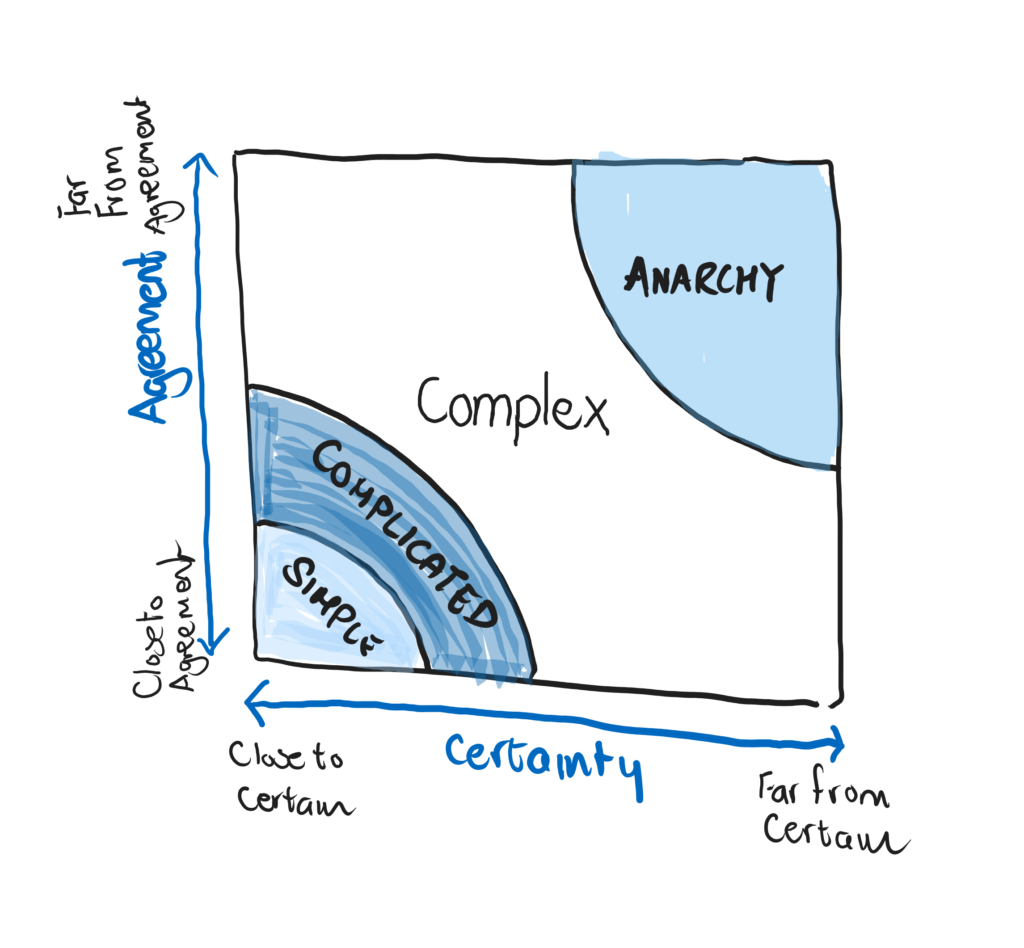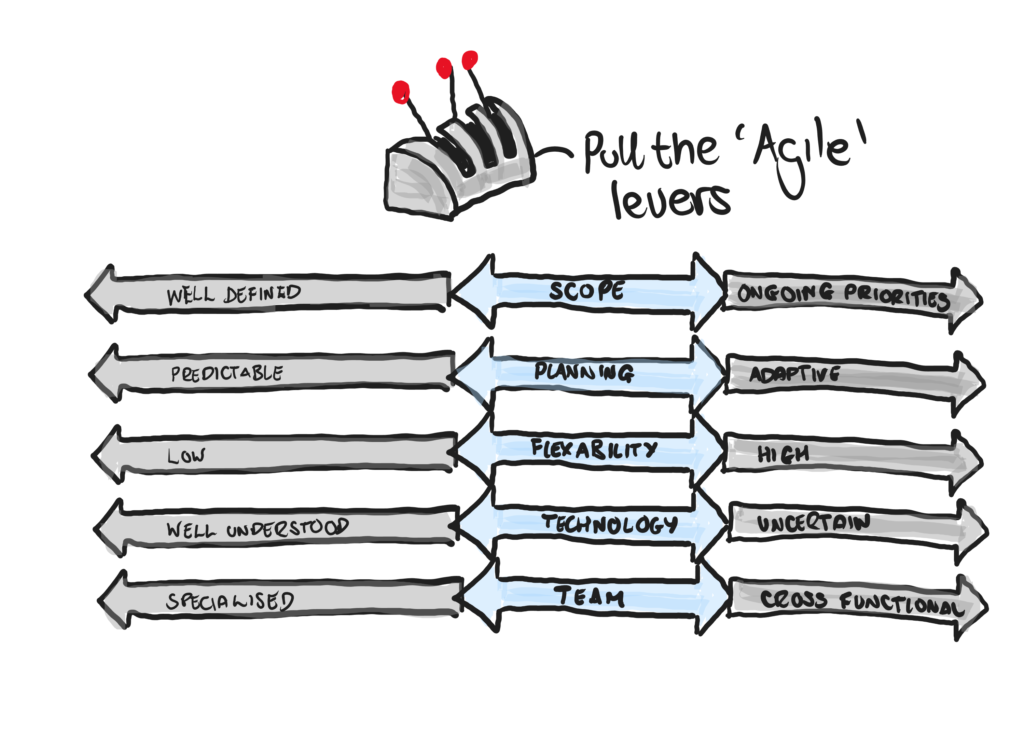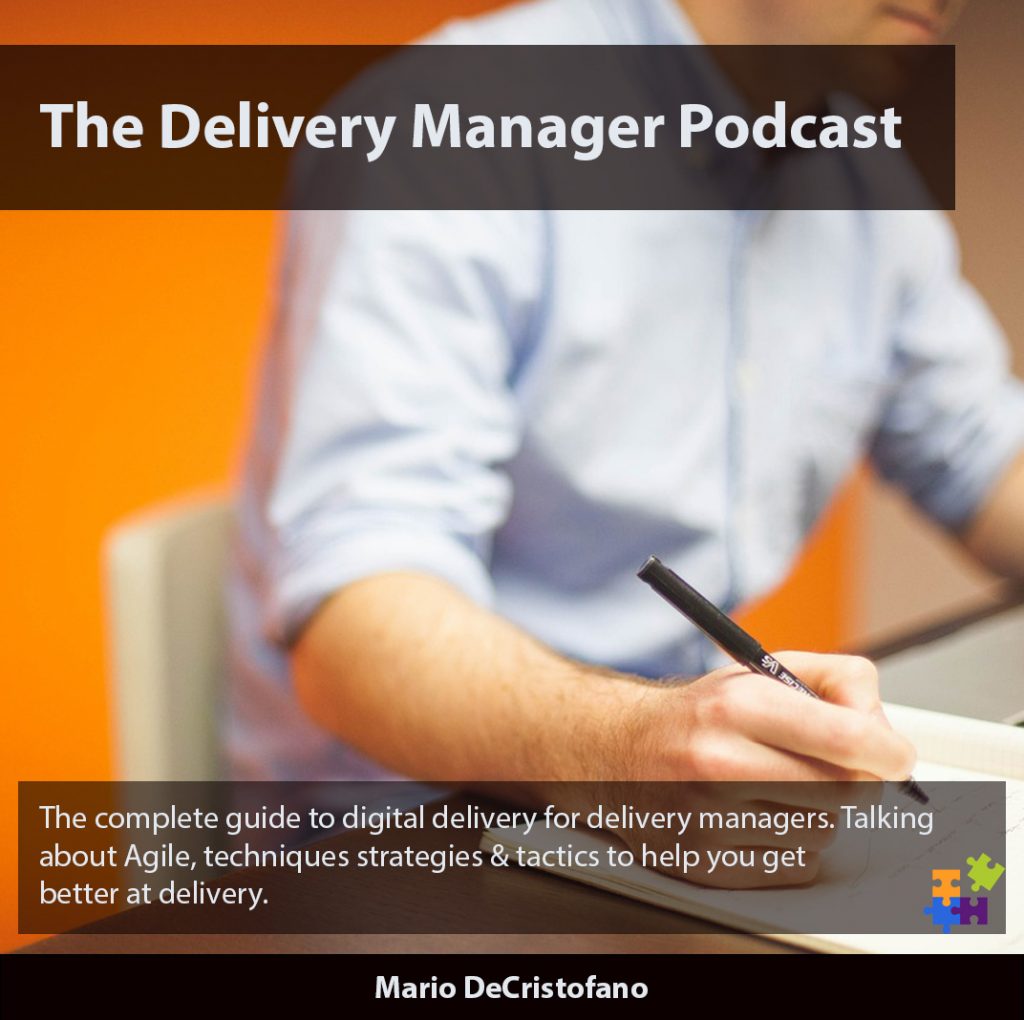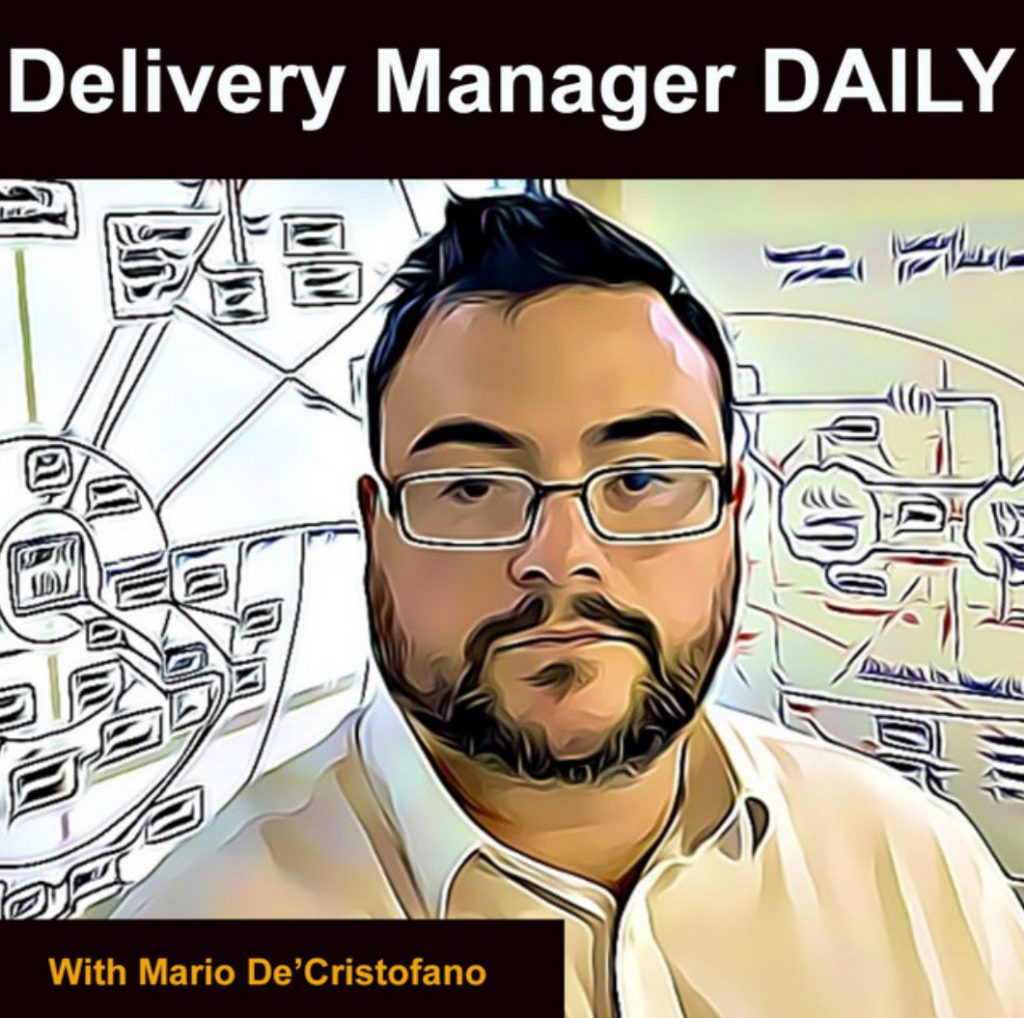Digital transformation – the buzzword that echoes through the corridors of businesses, from small startups to colossal corporations. As a Digital Delivery & Technical Programme Manager, I’ve navigated the challenging waters of digital transformation, and it’s clear that this journey is as intricate as it is indispensable. In this blog, we’ll unravel the complexities of conducting digital transformation, drawing from my experiences and insights in the field of software engineering and Agile methodologies.
Understanding Digital Transformation
Before diving into the how, let’s clarify the what. Digital transformation is not just about adopting new technologies; it’s a fundamental shift in how a business operates and delivers value to its customers. It encompasses changes in culture, workflow, and customer engagement, all underpinned by digital technology.

The Agile Perspective
From an Agile standpoint, digital transformation is about responsiveness and adaptability. It’s a continuous process of improvement, not a one-time project with a start and end date.
Laying the Foundation
Assessing the Current State
The first step in any digital transformation is to assess where you currently stand. This involves a thorough analysis of your existing processes, technology, and culture. Understand your strengths, weaknesses, and identify the gaps that digital transformation can fill.
Defining Clear Objectives
It’s crucial to have a clear vision of what you want to achieve through digital transformation. This vision should be aligned with your overall business strategy and should detail the expected outcomes in terms of efficiency, customer experience, and competitive advantage.
Developing a Strategic Plan
Crafting a Roadmap
With a clear understanding of your current state and objectives, the next step is to develop a strategic plan. This roadmap should outline the key areas of transformation, the technologies to be adopted, and the timeline for implementation. It’s important to prioritize initiatives based on their impact and feasibility.
Agile Methodologies: A Key Tool
Agile methodologies are invaluable in digital transformation. They allow for flexibility and adaptability in the implementation plan, accommodating changes and new insights as the transformation progresses.

Driving Cultural Change
Fostering an Agile Mindset
Digital transformation is as much about cultural change as it is about technological change. Cultivating an Agile mindset across the organization is essential. This means embracing values like collaboration, openness to change, and continuous improvement.
Overcoming Resistance
Resistance to change is a common challenge. Addressing this requires clear communication about the benefits of digital transformation, training, and involving employees in the transformation process.
Implementing Technology
Choosing the Right Tools
The selection of technology is a critical component of digital transformation. It’s not about choosing the latest or most expensive tools but selecting those that best fit your business needs and objectives.
Integration and Scalability
Ensure that the chosen technology can be seamlessly integrated into your existing systems and is scalable to accommodate future growth.
Enhancing Customer Experience
Customer-Centric Approach
Digital transformation should ultimately enhance the customer experience. This involves understanding your customers’ needs and preferences and leveraging digital technology to meet and exceed their expectations.
Utilizing Data and Analytics
Data and analytics play a crucial role in understanding customer behavior and preferences. Use this data to tailor your services and improve customer engagement.
Agile Execution
Iterative Implementation
Implement digital transformation initiatives in an iterative manner. Use Agile methodologies to break down the transformation into smaller, manageable sprints. This allows for regular evaluation and course correction.
Continuous Learning and Improvement
Digital transformation is a continuous journey. Foster a culture of learning and improvement, where feedback is actively sought and used to refine processes and strategies.
Measuring Success
Setting Key Performance Indicators (KPIs)
To gauge the success of your digital transformation, set clear KPIs. These should be aligned with your initial objectives and can include metrics like improved efficiency, customer satisfaction, and revenue growth.
Regular Reviews and Adjustments
Regularly review your progress against these KPIs. Be prepared to adjust your strategy in response to new insights and changing market conditions.
Conclusion
Digital transformation is a complex, multifaceted journey that requires a strategic approach, cultural change, and the right use of technology. By understanding the essentials of digital transformation, developing a strategic plan, driving cultural change, implementing the right technology, enhancing customer experience, using Agile methodologies for execution, and measuring success, businesses can navigate this journey effectively.
Remember, digital transformation is not just about keeping up with the latest trends; it’s about reimagining how your business operates in the digital age. It’s a journey of continuous improvement that requires patience, commitment, and a willingness to adapt and learn. With the right approach, digital transformation can open up a world of opportunities for growth, innovation, and enhanced customer engagement.


